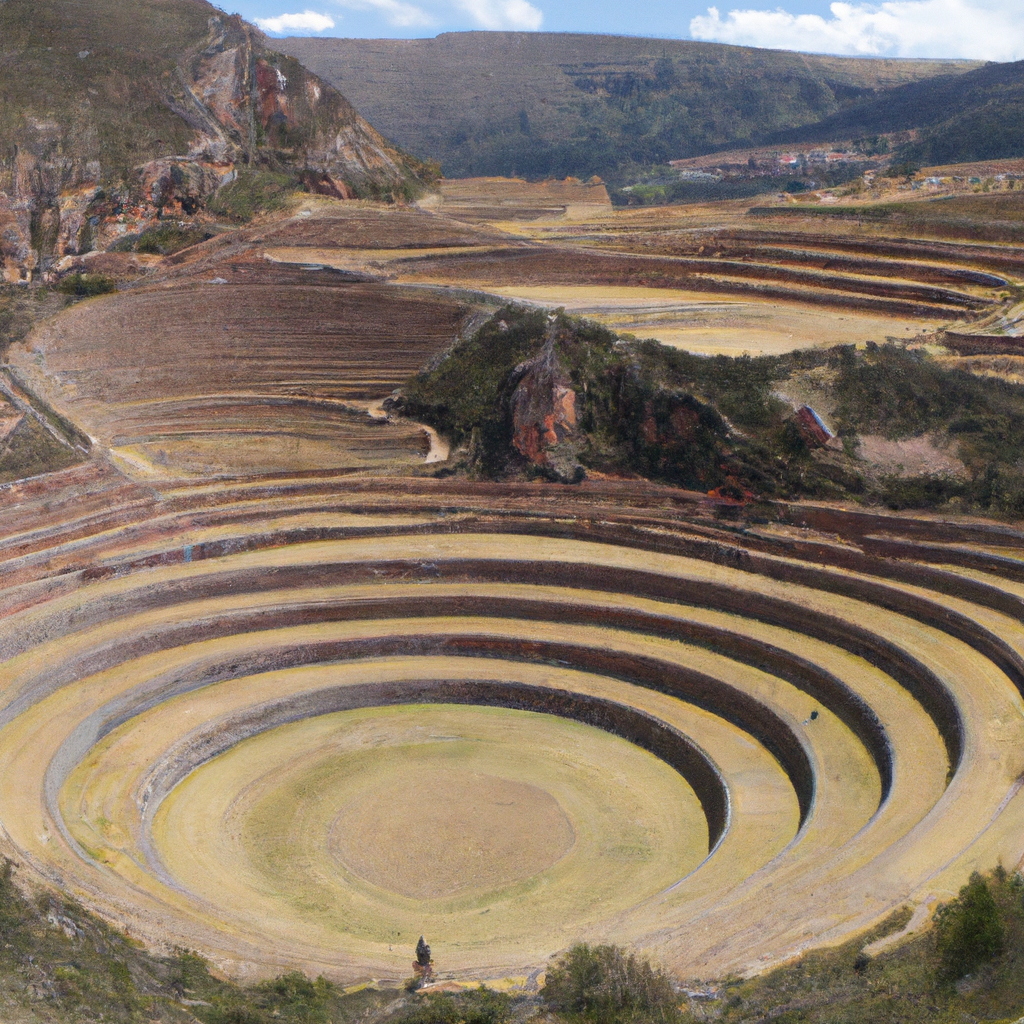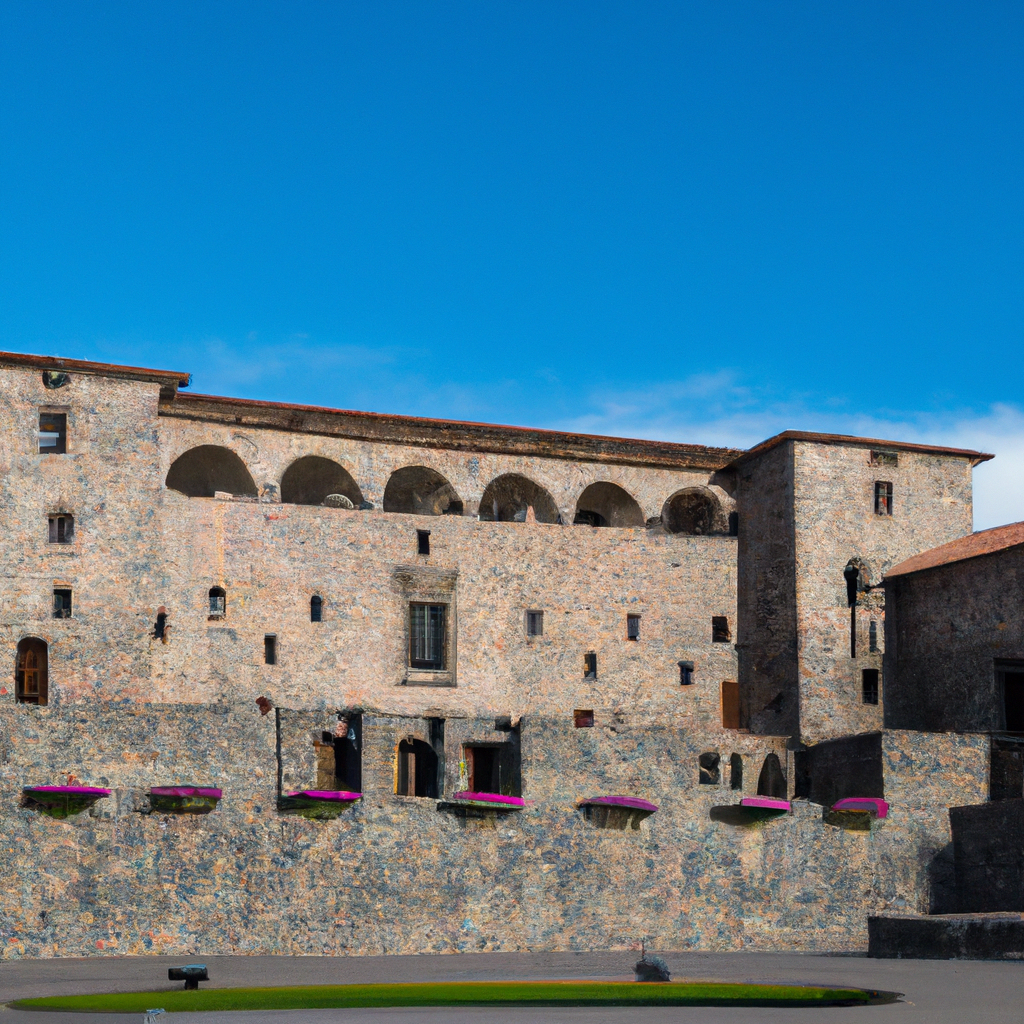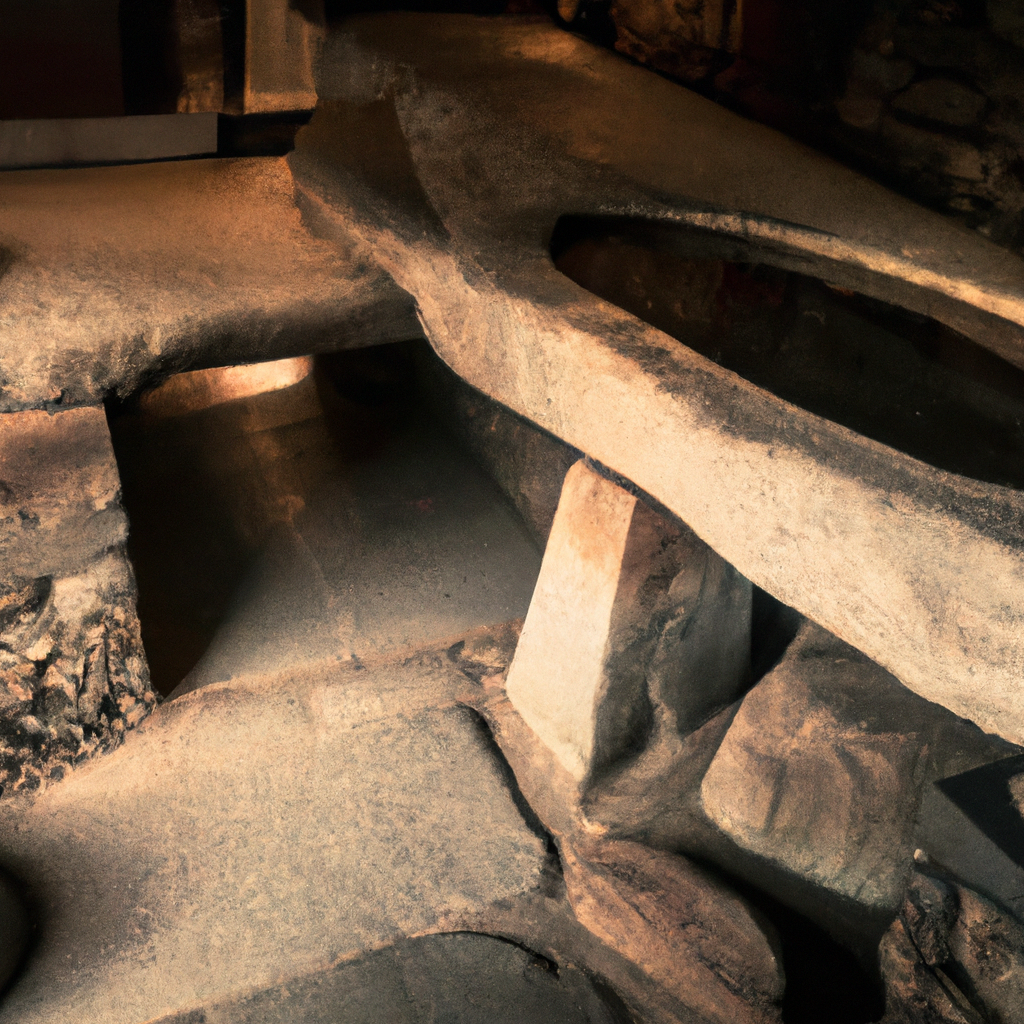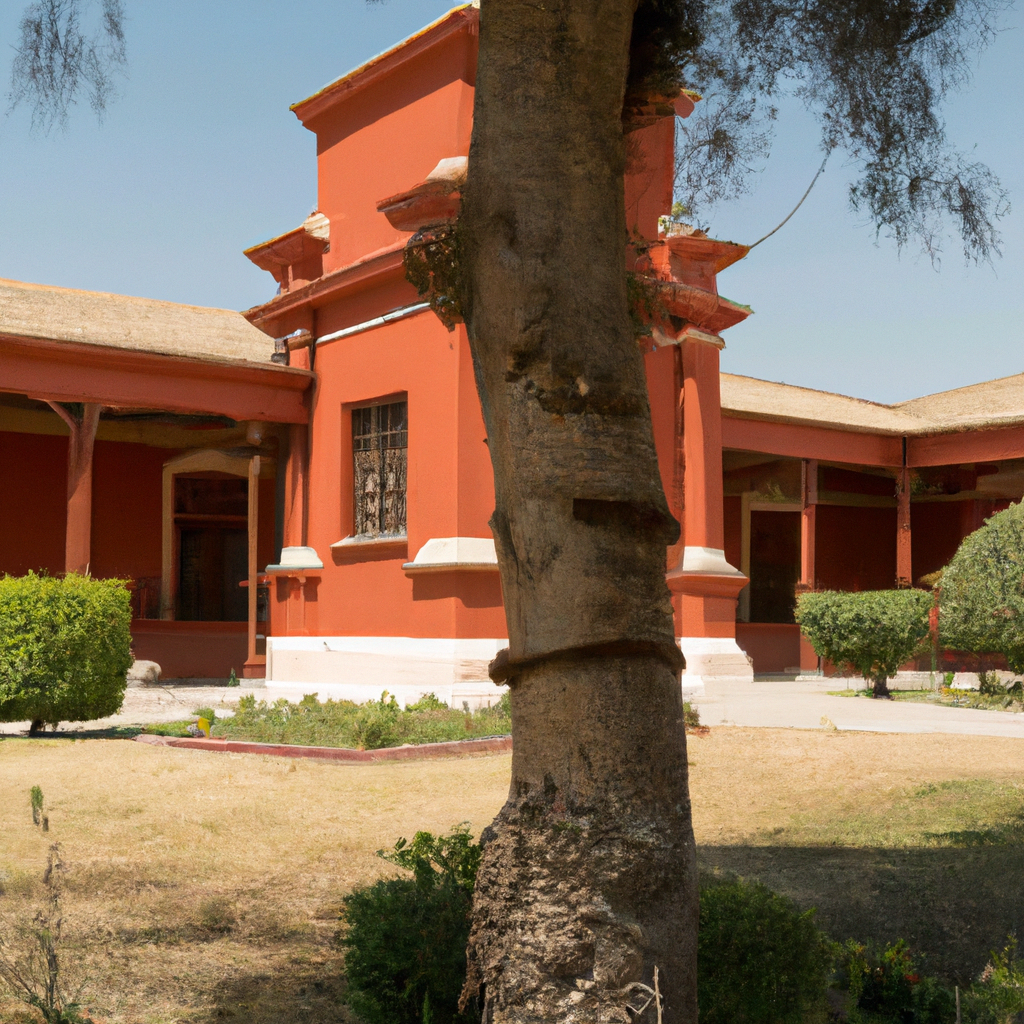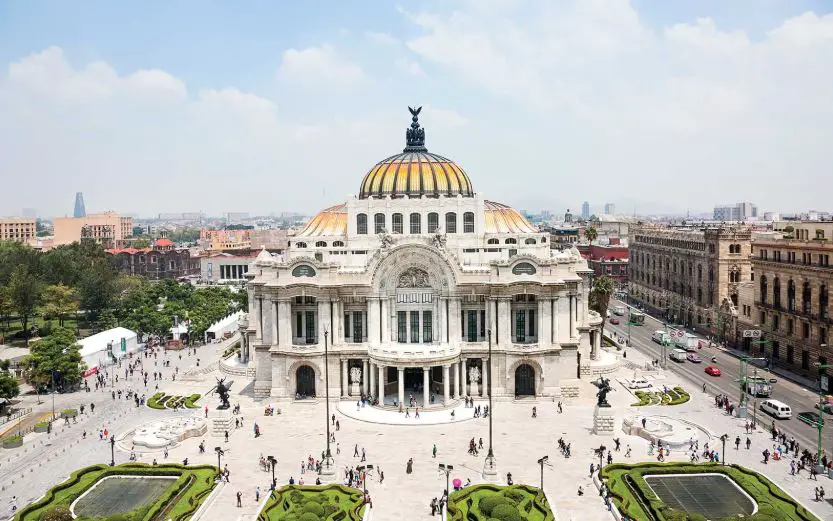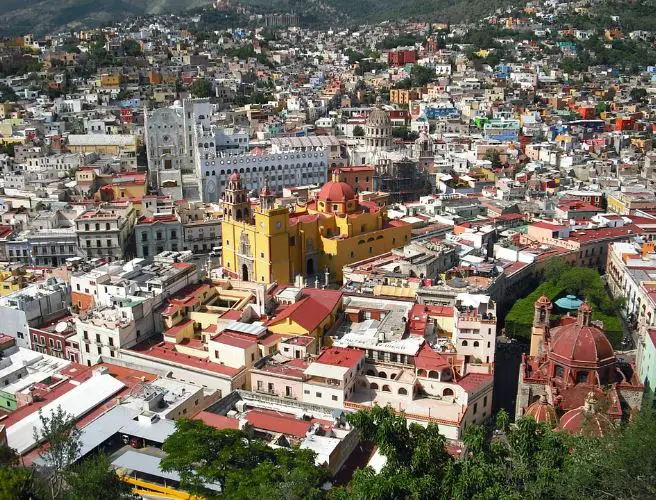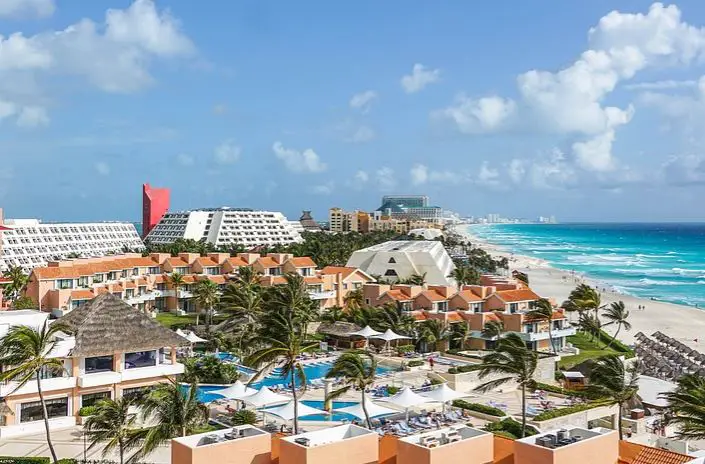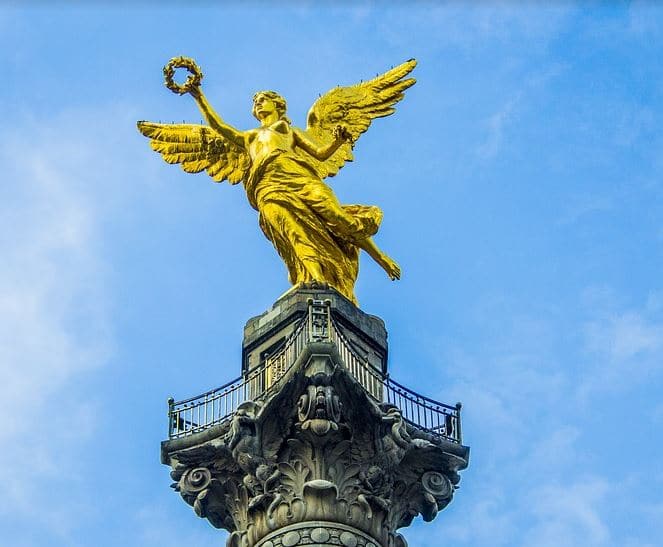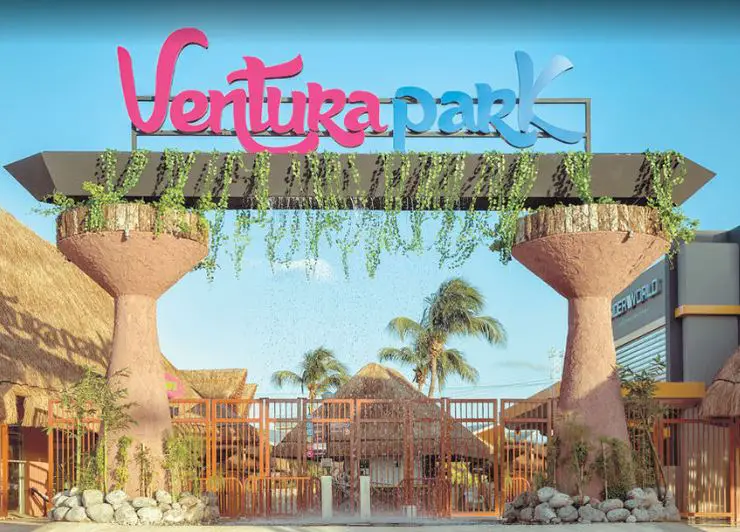Moray In Peru: Overview,Prominent Features,History,Interesting facts
Overview:
Moray In Peru is an archaeological site located near Cusco, Peru. The complex is made up of several large circular terraces cut into the natural rock terrace of the Sacred Valley of the Incas. The terraces are separated by steep vertical walls and connected by stone staircases. It is believed that the terraces were built by the Inca civilization in the late 15th century as an agricultural experiment. The purpose of the experiment was to modify the climate and microclimates of each level to see which crops would thrive in each area. Today, Moray is one of the most visited sites in the Sacred Valley and attracts a large number of tourists who come to appreciate the beauty of the historical ruins. It is one of the most beautiful monuments in Peru
Prominent Features:
1. Labyrinthine Valley: Moray is located in a labyrinthine valley surrounded by mountains in Peru's Sacred Valley. The valleys' many tiers appear to have been carved out by ancient civilization, making it appear like a set of enormous stone ruins. 2. Inca Ruins: Moray is one of many impressive Inca ruins in the Sacred Valley region. Its main site consists of three large, concentric stone circles terraced down into the landscape, unified by a ceremonial sunken plaza. 3. Agricultural Terraces: The concentric circles that form Moray's ruins are said to be among the world's highest and best preserved terraced agricultural plots. As many as 70 individual terraces are believed to have been constructed in the location, all joined together by a series of irrigation canals. 4. Open-Air Laboratory: Evidence suggests that the Incas used Moray as an open-air laboratory to experiment with crops, growing different varieties in different terraces at different heights with different soil and water supplies. 5. Ancient Astronomy: Astrological alignments with the stars and sun might have been part of the complex's purpose, connecting Incan beliefs with the heavens. The western sector's orientation is believed to have been linked to the June solstice and March equinox. You can learn history, culture, and heritage through these magnificent monuments in Peru.
History:
The history of Moray in Peru dates back to at least 1200 BC. The site, which is located in the Cusco region of Peru, once served as an agricultural experimental station for the ancient Incas. The Incas used the Moray site to test the effects of different climate and altitude before deciding upon which crops to farm and where. The site is believed to have been used as a ceremonial and religious gathering place, too. At the center of the site is a vast bowl, shaped like an amphitheater, formed out of concentric terraces, ranging from a large—nearly 150 foot—depth in the center to a mere 15 feet in height near the outer edge. This massive bowl is believed to have been used by the Incas to study how temperature and humidity can affect agricultural production in the highlands and valleys of the Cusco region. The terraces at Moray are meticulously interconnected and were irrigated by a series of underground channels connecting the terraces. It is thought that the Incas would have experimented with different crops on the terraces to see which ones thrived best, at different altitudes, and cultivated the best crops accordingly. Moray is still an actively used agricultural experimental station to this day, and it has largely been conserved in its original form. It is now a UNESCO World Heritage site and protected area, and is open to tourists, who often come to appreciate the mysterious and intricate site and to learn more about the ancient Inca culture. Visit one of the famous monuments of Peru with your friends and family.
Interesting facts:
1. Moray is an archaeological site located in the Sacred Valley of the Inca Empire, in the south of Peru. 2. It is believed to have been constructed by the Inca civilization over 500 years ago. 3. Moray is composed of three circular terraces, which create a giant amphitheatre-like structure with three depressions. 4. The largest depression, which is estimated to be 30m deep, is thought to have served as an agricultural testing station. 5. Researchers believe that the differences in temperatures between the terraces allowed Inca farmers to simulate different temperatures and climates, and thus experiment with different types of crops. 6. The archaeological site of Moray was voted a UNESCO World Heritage Site in 2012. 7. In 2011, a 4,200-year-old mummified human body was discovered at the site of Moray. Dubbed the Ice Maiden, this mummy is believed to have been sacrificed to the gods over 2,000 years ago and is now on display in the nearby city of Cusco. One of the historical monuments of Peru, it tells the story of a bygone era
Explore Peru most popular tourist destination with us. Moray In Peru: Overview,Prominent Features,History,Interesting facts,which is 35.14 km away from Peru main town, is the most popular destination to add in your travel wishlist.
-
City:
Peru
-
state:
Peru does not have a state or province named Moray.
-
country:
Peru
-
country code:
PE
-
postcode:
5973
Location:
Peru does not have a state or province named Moray. Peru
